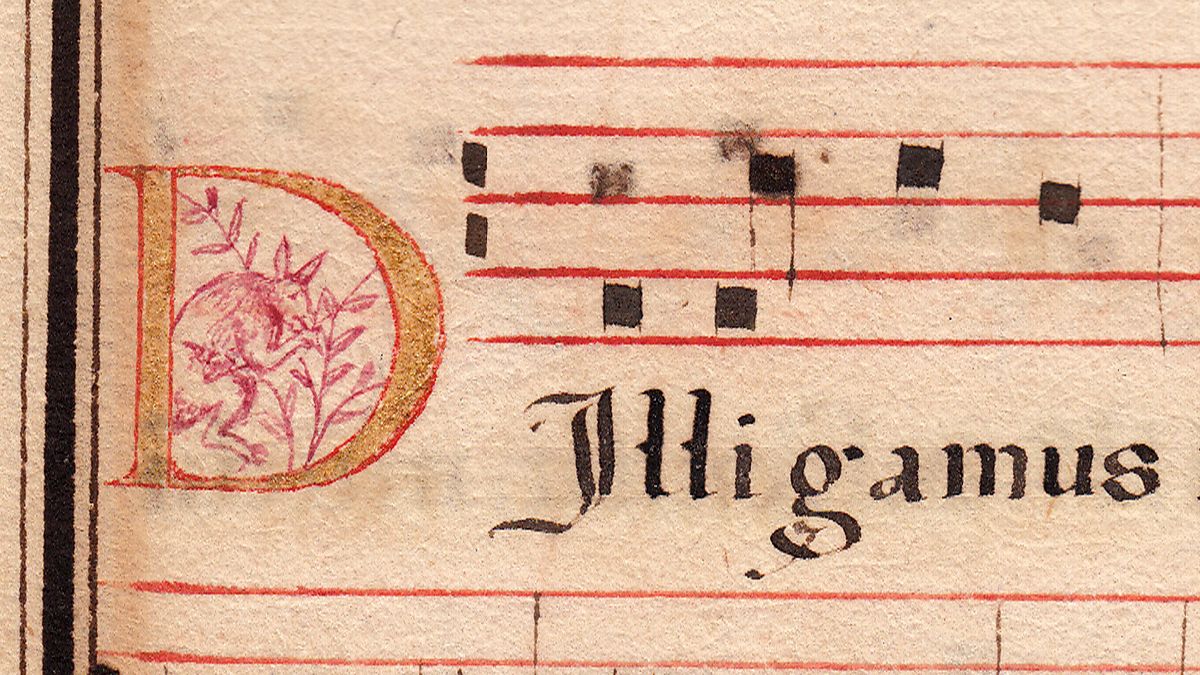A small drawing of a kangaroo could play a big role in rewriting Australian history, it’s emerged.
The image of the marsupial is contained in a Portuguese manuscript, which dates from between 1580 and 1620.
Researchers believe the sketch challenges the widely-held view that the European discovery of Australia was by a Dutch voyage in 1606.
Laura Light, a researcher at Les Enluminures Gallery in New York, who have bought the manuscript, said: “A kangaroo or a wallaby in a manuscript dated this early is proof that the artist of this manuscript had either been in Australia or even more interestingly, that traveller’s reports and drawings of the interesting animals found in this new world were already available in Portugal.
‘‘Portugal was extremely secretive about her trade routes during this period, explaining why their presence there wasn’t widely known.’‘
But Martin Woods, of the National Library of Australia, was more cautious.
He told The Sydney Morning Herald: “The likeness of the animal to a kangaroo or wallaby is clear enough, but then it could be another animal in south-east Asia, like any number of deer species some of which stand on their hind legs to feed off high branches.
‘‘The widely-accepted understanding of Dutch mapping of Australia is based on voyage logs giving dates, on personal accounts, maps, drawings and many, many other documents held in archives and libraries worldwide.
‘‘People will continue to look, but for now, unfortunately the appearance of a long-eared big-footed animal in a manuscript doesn’t really add much.’‘
